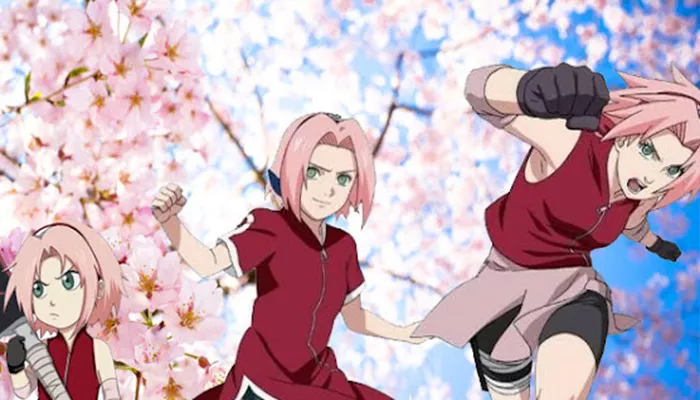Sakura is a word deeply embedded in Japanese culture, primarily referring to the cherry blossom tree and its delicate flowers. However, in popular culture, especially in anime and manga, “Sakura” is also a common character name. To answer the question “What village is Sakura from?” we must first clarify which Sakura is being referenced. The most famous Sakura in animation is Sakura Kinomoto from the anime and manga series Cardcaptor Sakura. This article will focus on her background and village while also providing context about the cultural significance of sakura (cherry blossoms) in Japan.
The Village of Sakura Kinomoto
Sakura Kinomoto, the beloved protagonist of Cardcaptor Sakura, is from the fictional town of Tomoeda. Tomoeda is depicted as a peaceful, suburban town in Japan where Sakura lives with her family. It is not a traditional village but rather a modern town setting typical of many Japanese anime series. The town features schools, parks, and residential areas that reflect everyday life in Japan, making it relatable to viewers.
About Tomoeda
Tomoeda serves as the backdrop for Sakura’s adventures as she collects magical cards. The town is portrayed with lush greenery and seasonal changes, including the iconic cherry blossom season, which symbolizes new beginnings and the fleeting nature of life-an important theme in the series. Although Tomoeda is fictional, it embodies the charm and tranquility of many real Japanese towns during sakura season.
The Cultural Roots of Sakura and Its Symbolism
The name “Sakura” itself means “cherry blossom” in Japanese, a flower that holds profound cultural significance in Japan. The cherry blossom is considered Japan’s national flower and is celebrated annually during the hanami festival, where people gather to appreciate the transient beauty of the blossoms.
Historical and Cultural Significance
Cherry blossoms have been admired in Japan since ancient times, with traditions dating back to the Heian period (794–1185). Initially, sakura were used to divine the year’s harvest and later came to symbolize concepts such as impermanence, renewal, and hope, deeply rooted in Shinto and Buddhist beliefs. The fleeting bloom of sakura reflects the transient nature of life, a theme often explored in Japanese art and literature.
Cherry Blossom Varieties and Origins
Japan is home to over 300 varieties of cherry blossoms, many of which have been cultivated over centuries. The wild species Prunus itosakura is native to Japan and known for its long lifespan and large trees, often considered sacred and landmarks around shrines and temples. Scientific research suggests that cherry trees originated millions of years ago in the Himalayan region and later differentiated uniquely in Japan, contributing to the country’s rich sakura biodiversity.
Why Sakura’s Village Matters in Animation
In anime, the setting often plays a crucial role in shaping the story and character development. Sakura Kinomoto’s hometown of Tomoeda is more than just a backdrop; it reflects the themes of growth, community, and the magic hidden in everyday life. The presence of cherry blossoms in the town enhances these themes, symbolizing beauty and change.
Sakura as a Cultural Icon
The character Sakura Kinomoto, named after the cherry blossom, embodies innocence, courage, and the magic of youth. Her connection to the sakura flower is symbolic, linking her personal growth and adventures to the cultural significance of the cherry blossom in Japan. This makes her story resonate not only as a fantasy tale but also as a reflection of Japanese cultural values.
Conclusion
To answer the question simply: Sakura Kinomoto is from the fictional town of Tomoeda, a peaceful and charming Japanese town that captures the spirit of everyday life and the beauty of sakura season. Beyond the fictional setting, the name “Sakura” itself ties her character to Japan’s deep cultural love for cherry blossoms, symbolizing themes of impermanence, renewal, and hope.
Understanding Sakura’s village is not just about geography; it is about appreciating the cultural context that makes her story meaningful. The sakura flower’s history and symbolism enrich the narrative, making Sakura Kinomoto a beloved figure in both Japanese animation and global pop culture.
Related topics:


